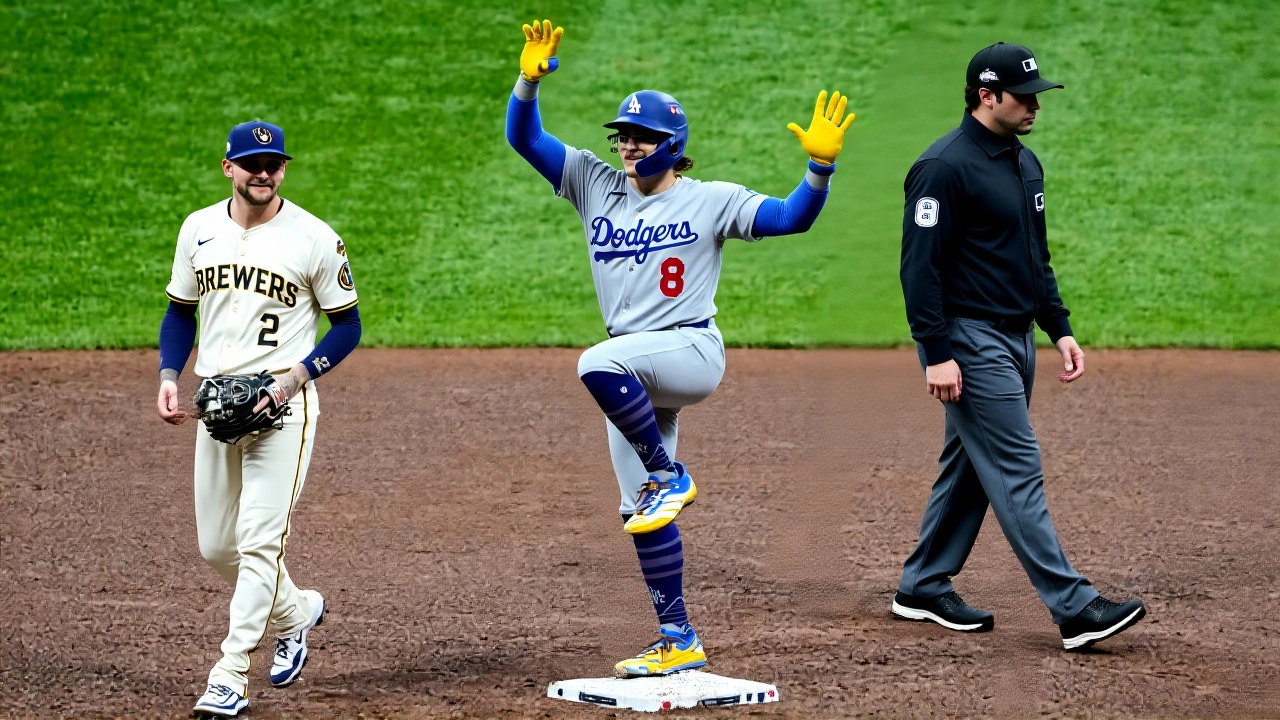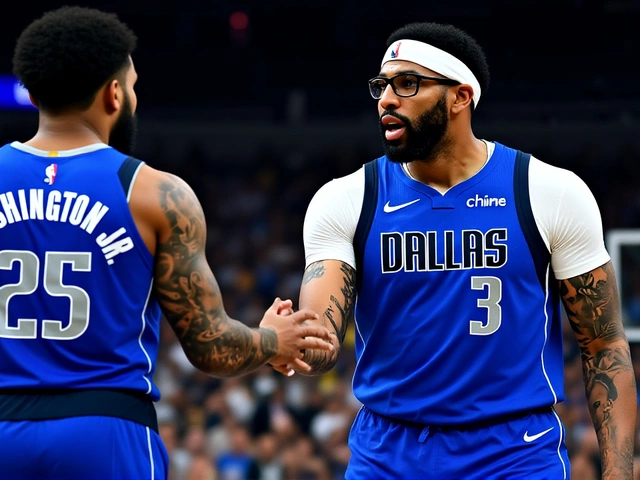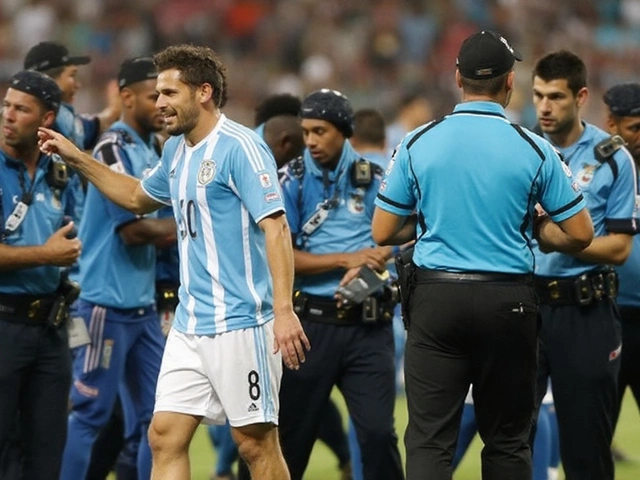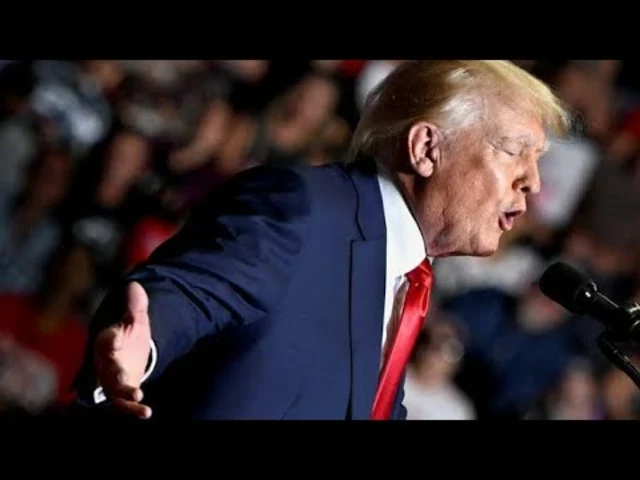When Kiké Hernandez declared the Los Angeles Dodgers lineup the "best in the league" during the National League Championship Series, he wasn’t just boosting morale—he was betting his reputation on it. By October 29, 2025, with the Dodgers tied 2-2 against the Toronto Blue Jays in the 2025 World SeriesRogers Centre, that claim looked dangerously thin. The offense had mustered just 34 hits in four games. A .214 team average. Fifteen strikeouts in Game 4 alone. And a bench player, Andy Pages, who hadn’t recorded a hit since September. The twist? Hernandez, the man who made the bold claim, was now being asked to carry it.
The Lineup That Couldn’t Hit
Through the first four games of the World Series, the Dodgers’ offense looked less like a championship machine and more like a team running on fumes. They’d scored 17 runs—seven of them from home runs. That’s not power. That’s luck. The Blue Jays, by contrast, had 44 hits, a .268 average, and a patient approach that wore down Dodgers pitchers. Shohei Ohtani, the two-time MVP, was pitching in Game 4 and still couldn’t escape the fifth inning without giving up five runs. The offense? Silent. The crowd at Rogers Centre? Getting louder by the inning.Manager Dave Roberts, who’s led the Dodgers since 2016, had been patient. Too patient, some fans argued. He stuck with Pages, a 24-year-old outfielder who’d gone 4-for-50 in the postseason. A .080 average. Fifteen strikeouts. And yet, Roberts didn’t pull him until Game 5. Why? Because in October, managers don’t make moves based on stats—they make them based on gut. And Roberts’ gut told him it was time to shake things up.
The Gamble: Betts Down, Hernandez Up
The changes were seismic. Five-time All-Star Mookie Betts, 32, who’d batted second in 98% of his postseason games since 2021, was dropped to third. Catcher Will Smith, 29, moved up to second, right behind Ohtani. First baseman Freddie Freeman, 35, slid to fourth. And Pages? Gone. Benched. Not even on the bench—his name didn’t appear on the lineup card.In his place: Kiké Hernandez. Center field. Eighth spot. After a regular season derailed by hamstring tears and rehab stints, Hernandez had quietly become the Dodgers’ most reliable bat in October. He’d homered in Game 2 of the World Series—the team’s only extra-base hit in that contest. He’d batted .308 in the NLCS. He wasn’t the star. He was the spark.
"In the postseason, you’ve got to be a little bit more reactive," Roberts said after the lineup announcement. "When I netted out the value of what I feel gives us the best chance to win today, that was a decision I made." He wouldn’t explain why Betts moved down. "Both players are all on board," he added, almost dismissively. But the message was clear: The Dodgers weren’t waiting for their stars to wake up. They were betting on the guy who’d been grinding since April.
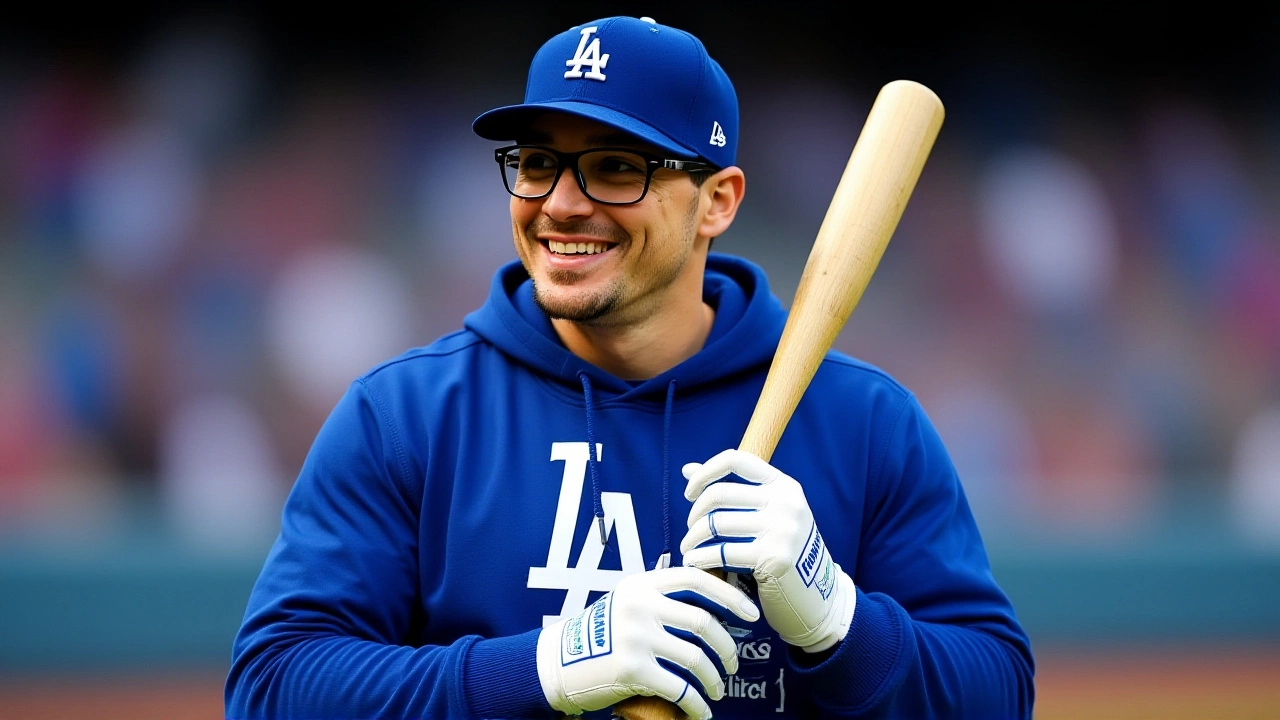
What Happens If They Lose?
Game 5 wasn’t just about winning. It was about survival. A loss meant the Dodgers would head back to Dodger Stadium in Los Angeles, California, for Games 6 and 7 with the pressure of defending champions on their backs—and the entire city wondering if their dynasty was cracking. The Blue Jays, meanwhile, would smell blood. Toronto hadn’t won a World Series since 1993. They’d spent the season quietly building toward this moment. And now, with the series tied, they had momentum.Adding to the tension: Ohtani, who’d started Game 4, was now available to pitch in relief. That’s not normal. That’s desperation. The Dodgers were preparing for the unthinkable: their MVP starting pitcher might be called on to save Game 5. And if he did? They’d still need to score runs. Which brings us back to Hernandez.
"Best in the League"—Now Under Fire
Hernandez’s quote from October 16 now felt like a dare. "Best in the league?" he’d said, smiling, after a win over the San Diego Padres. He meant it. But now, with his team on the brink, the weight of that statement had shifted. It wasn’t pride anymore—it was a challenge. To himself. To the team. To the fans.He didn’t say much before Game 5. Just nodded when asked if he was ready. He’d been benched before. He’d been injured before. He’d been counted out before. But he’d always come back. And in baseball, that’s the only thing that matters.
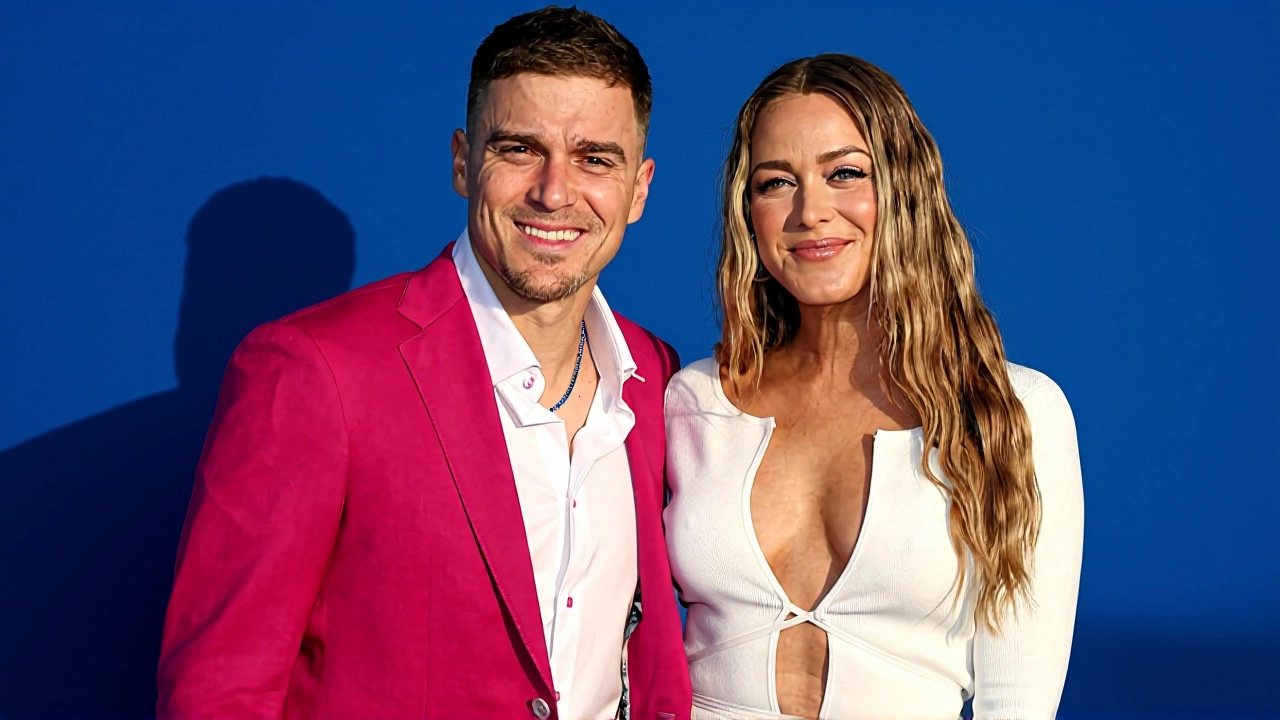
What’s Next?
If the Dodgers win Game 5, the narrative flips. Hernandez becomes the hero. Roberts, the genius. The lineup, vindicated. The "best in the league" claim? Still standing.If they lose? The questions explode. Was the offense broken all along? Was Roberts too slow to adjust? Did the Dodgers’ championship DNA run out after 2024? And what does it mean for Ohtani’s future—will he demand a trade if the team can’t protect him?
One thing’s certain: October baseball doesn’t care about regular-season stats. It doesn’t care about All-Star selections. It only cares about who shows up when it matters.
Frequently Asked Questions
Why did Dave Roberts move Mookie Betts to third in the batting order?
Roberts moved Betts down to create a more balanced, aggressive top of the order. With Will Smith batting second behind Shohei Ohtani, the Dodgers aimed to force the Blue Jays’ pitchers to face two elite hitters back-to-back early in games. Betts, while still a top-tier hitter, had struggled with runners in scoring position during the World Series, and Roberts hoped the change would free him from pressure situations and let him drive in runs later in innings.
How has Kiké Hernandez performed in the 2025 postseason compared to the regular season?
During the 2025 regular season, Hernandez battled injuries and hit just .231 with 11 home runs in 112 games. But in the postseason, he turned into a different player: .308 average, 3 home runs, and 8 RBIs across 17 games. His ability to hit left-handed pitching and his defensive versatility made him invaluable when the Dodgers needed clutch production—especially after Andy Pages’ struggles.
What impact did Andy Pages’ benching have on the Dodgers’ lineup depth?
Pages’ removal opened the door for Alex Call, a 29-year-old journeyman with a .261 career average, to start in left field. While Call wasn’t a star, he offered better plate discipline than Pages, who struck out in 30% of his postseason at-bats. The move also allowed Hernandez to play center field, giving the Dodgers a more experienced, two-way presence in the outfield. It was less about replacing one player and more about restoring balance.
Is Shohei Ohtani really available to pitch in relief during Game 5?
Yes. According to ESPN’s Buster Olney, Ohtani was cleared to pitch in relief if needed, despite starting Game 4. This was an unprecedented move for a two-way star, signaling the Dodgers’ desperation. Ohtani had thrown 104 pitches in Game 4 and would need at least 48 hours of rest if used again. But with the bullpen depleted and the offense silent, Roberts was willing to risk it.
What’s at stake for the Los Angeles Dodgers if they lose Game 5?
A loss would end their bid for a second consecutive World Series title—the first time since 2000 that the Dodgers have had a chance to repeat. It would also raise serious questions about their offensive identity, roster construction, and whether their 2024 championship was a fluke. For manager Dave Roberts, it could be the beginning of the end of his tenure, as fan frustration grows over his conservative in-game decisions.
Why does Kiké Hernandez’s statement about the lineup matter now?
Hernandez’s "best in the league" comment was made during the NLCS, when the Dodgers were rolling. Now, with the offense in crisis, his words have become a lightning rod. They’re being used by critics to question his judgment—and by teammates as motivation. Hernandez isn’t just a player anymore; he’s become the symbol of the team’s identity. If he delivers in Game 5, his words will be remembered as prophecy. If he doesn’t, they’ll be remembered as arrogance.

